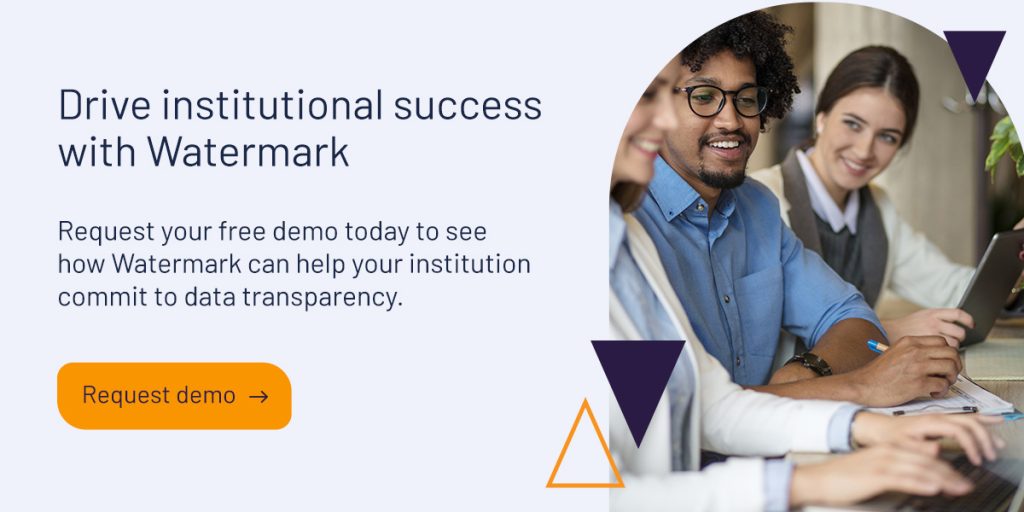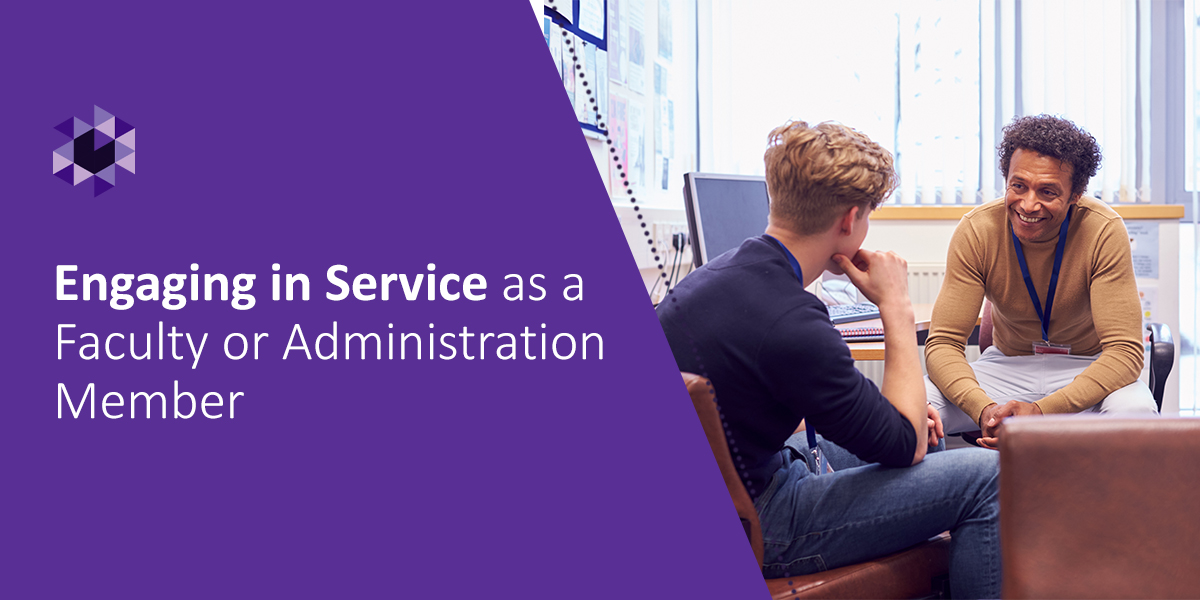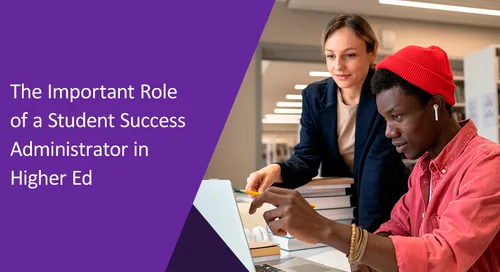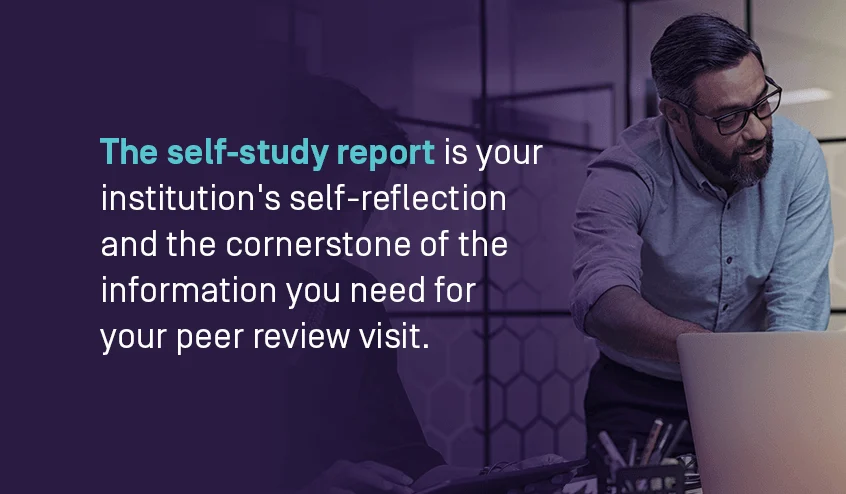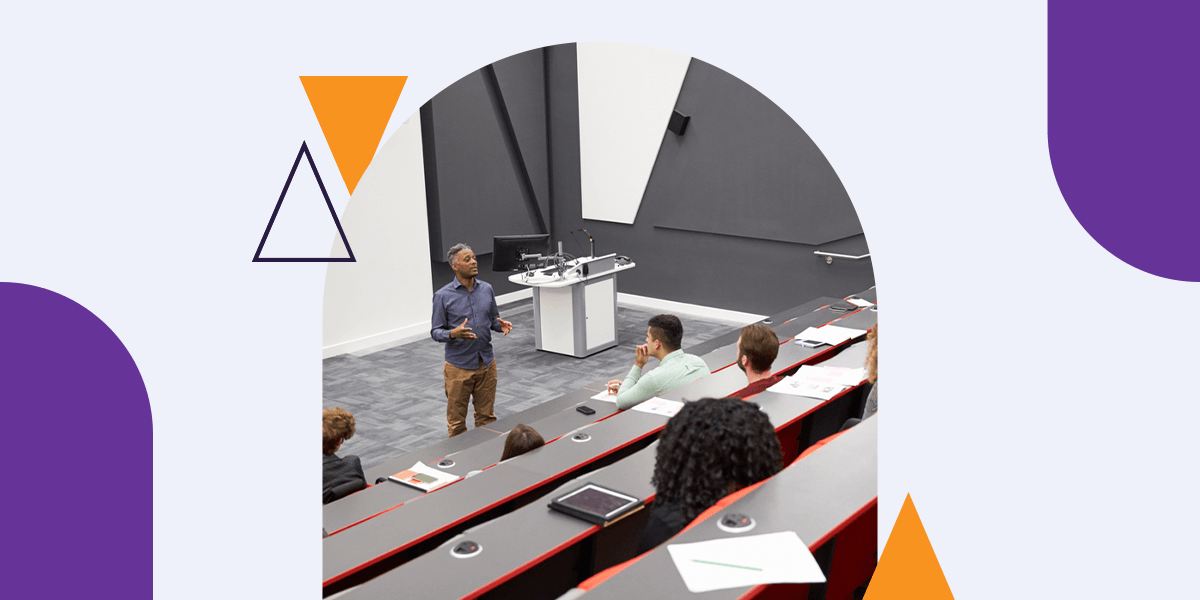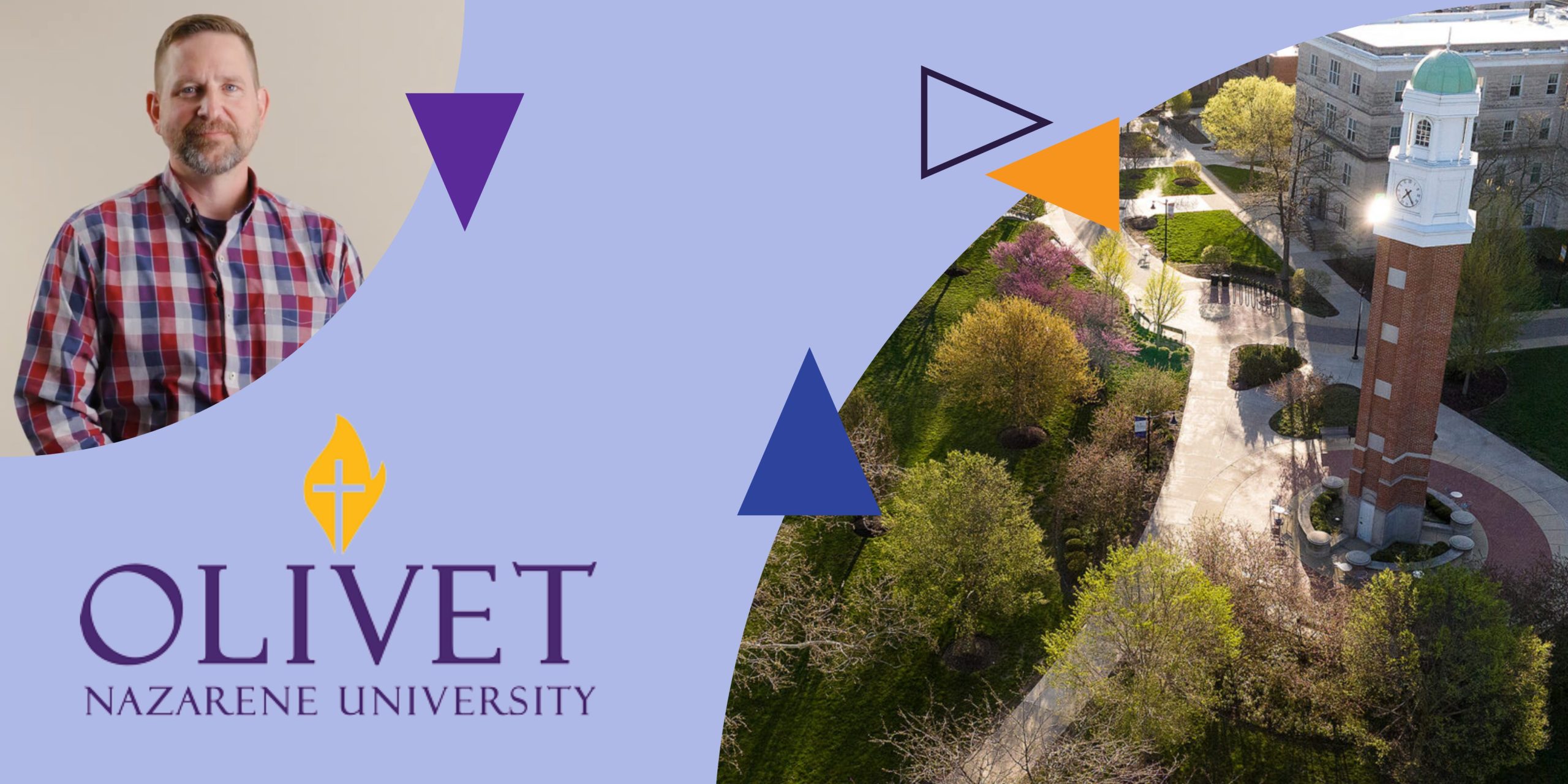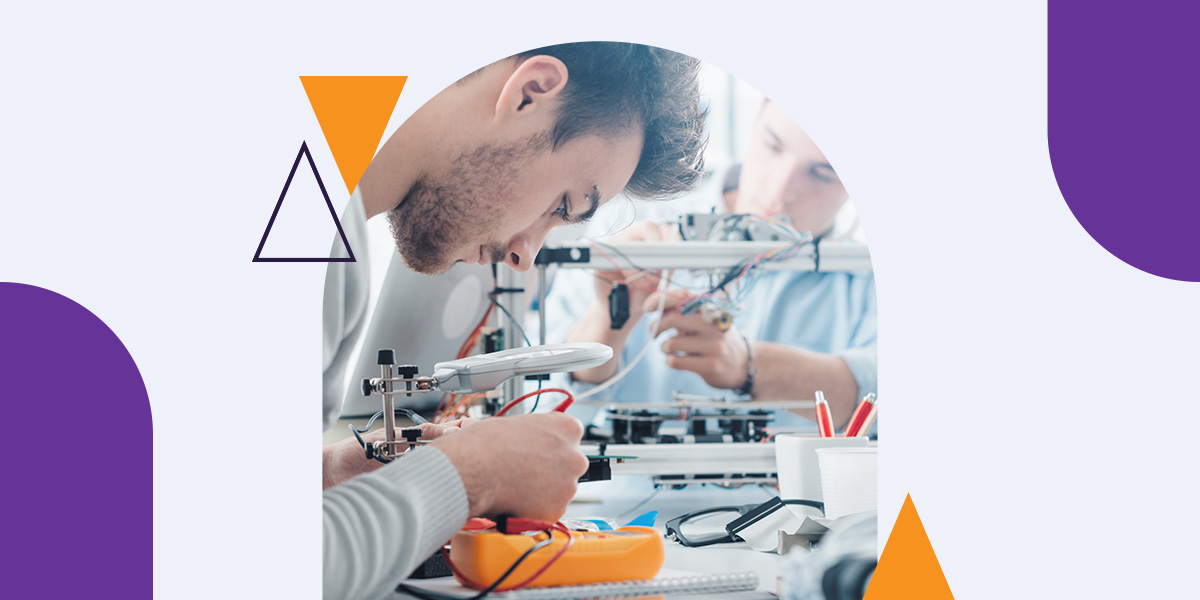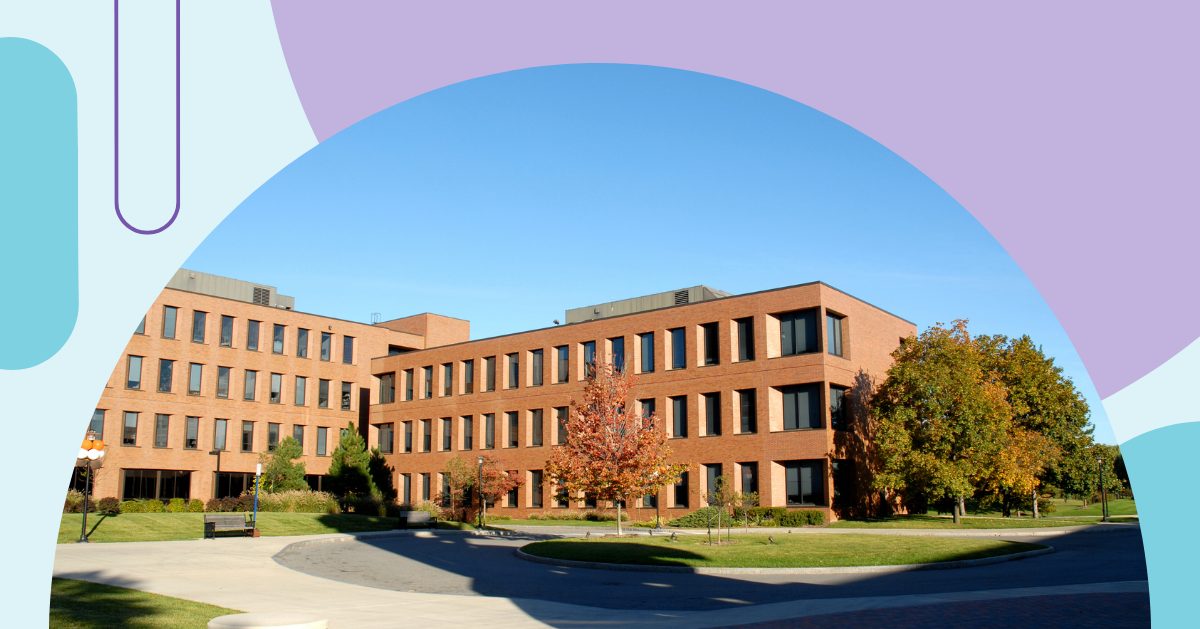
The importance of technology in education today cannot be overstated. The higher education technology market in the U.S. is expected to reach $19,599.3 million by 2030 as more institutions embrace the power of edtech. Students are behind this technology, with 71 percent citing that machine learning-powered teaching has improved their learning.
Technology is no longer an optional tool. It’s a driving force that shapes every element of your institution. Embracing this technology is an opportunity to personalize learning and improve student outcomes. However, keeping pace with changing student needs and technological advancements can be challenging. Understanding why these tools are important is the first step to embracing them and driving holistic institutional success.
How important is technology in education?
Technology is important in education for several reasons. As its role evolves, it becomes increasingly crucial to institutions nationwide. Higher education remains a major contributor to society, offering many benefits to the community and economy. However, the landscape is shifting. The widespread use of artificial intelligence (AI) has ushered in a new era, and technology exercises its influence over far more than student learning.
Higher education technology has a direct and indirect impact on institutions. From access to the internet to synthesizing vast amounts of data, today’s tools are changing how institutions operate through:
- Enhanced communication and collaboration: Traditional classrooms offered limited collaboration for faculty and students. Today, your students can learn from anywhere, and faculty can collaborate on curricula to ensure students are meeting learning or career outcomes.
- Streamlined assessment: Modern technology gives you a comprehensive view of performance so you can identify improvement opportunities. You can measure quality across courses, programs, and the entire institution and continuously adapt your offerings to ensure the desired student outcomes.
- Cohesive curricula: With purpose-built technology, you can map curricula that drive student outcomes and collaborate across your institution to ensure cohesive educational experiences.
- Increased enrollment and retention: When you have access to labor market and institutional data, you can create courses that prepare students for their industries. When students know you offer learning that supports career advancements, they are more likely to enroll and finish their degrees.
How technology supports institutional success
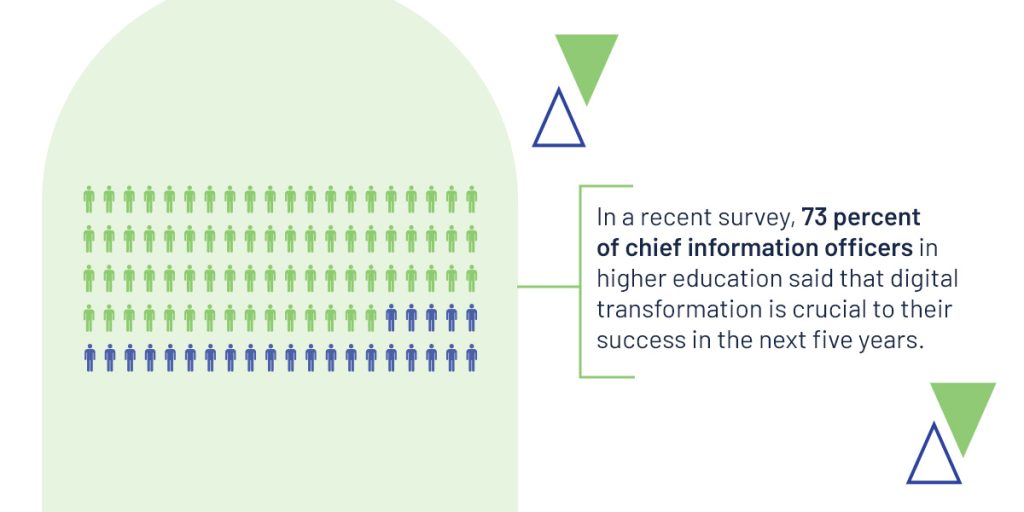
Today’s technology is reshaping many industries, and higher education stands to reap significant benefits. In a recent survey, 73 percent of chief information officers in higher education said that digital transformation is crucial to their success in the next five years. The potential benefits of integrating technology in higher education are exciting for many institutions. It can bridge gaps in learning and streamline administrative processes, enhancing the experience for students, faculty, and staff.
Technologies like AI, virtual reality (VR), and augmented reality (AR) have the potential to bring classrooms to life. For example, AI tutoring systems can provide students with real-time feedback and personalized guidance. VR simulators can immerse students in experiential learning, giving them hands-on experience in various topics — the more effective the teaching, the better your enrollment and retention.
As higher education institutions become more complex, their operations become more challenging. Technology can standardize administrations and operational initiatives, streamlining the flow of information and eliminating siloed data. The more access you have to your data, the better you can refine processes and meet stakeholder needs.
Enhancing faculty success through technology
Technology in education can change the game for your faculty. Many institutions have already augmented faculty workflows with technology, and their experiences have been largely positive, with 96 percent in a recent survey saying they feel that they are advanced or competent in their skills. In addition to giving your faculty access to technology, you can use it to support their success and aid retention in the following ways:
Improve faculty engagement
Faculty engagement is essential for positive student outcomes. When your faculty engages in the course material, it reflects in their teaching and ultimately engages students. Technology also lets you automate administrative tasks, alleviating the burden on faculty and allowing them to take advantage of professional development opportunities.
Attract and retain faculty talent
Although many faculty members are happy at their institutions, those who feel unfulfilled will often leave. Technology improves faculty satisfaction in several ways, including:
- Increased flexibility: Faculty balance classes, administration, research, extracurriculars, and their home lives. Technology gives them more flexibility with remote or hybrid models and helps them achieve a better work-life balance.
- Collaboration and connection: Instead of operating in a vacuum, faculty can leverage technology solutions to discuss classes and curricular changes. They can connect through these interactions, giving them a feeling of belonging at your institution.
Support faculty development
Many faculty members are passionate about learning and professional development, and having programs in place to meet these needs is critical for institutions. With the right technology and tools, faculty can expand their knowledge and implement what they learn in professional development courses. The latest tools and techniques can also help them conduct innovative research and achieve their professional goals.
Highlight achievements and streamline reviews
Specialized faculty management systems give you data at your fingertips. You can create detailed reports that highlight faculty achievements, which makes them feel seen and boosts your institution’s reputation. This technology also makes faculty data easily accessible, facilitating informed decision-making as your faculty sets goals.
Technology and education — the impact on student success
Education technology in and outside the classroom supports the student experience — the primary goal of most higher education institutions. Students have embraced technology in the classroom, with 60 percent saying that it has improved their understanding. In addition to providing information access and immersive experience in the classroom, software solutions also give you access to synthesized student data — the roadmap for continuously improving the student experience.
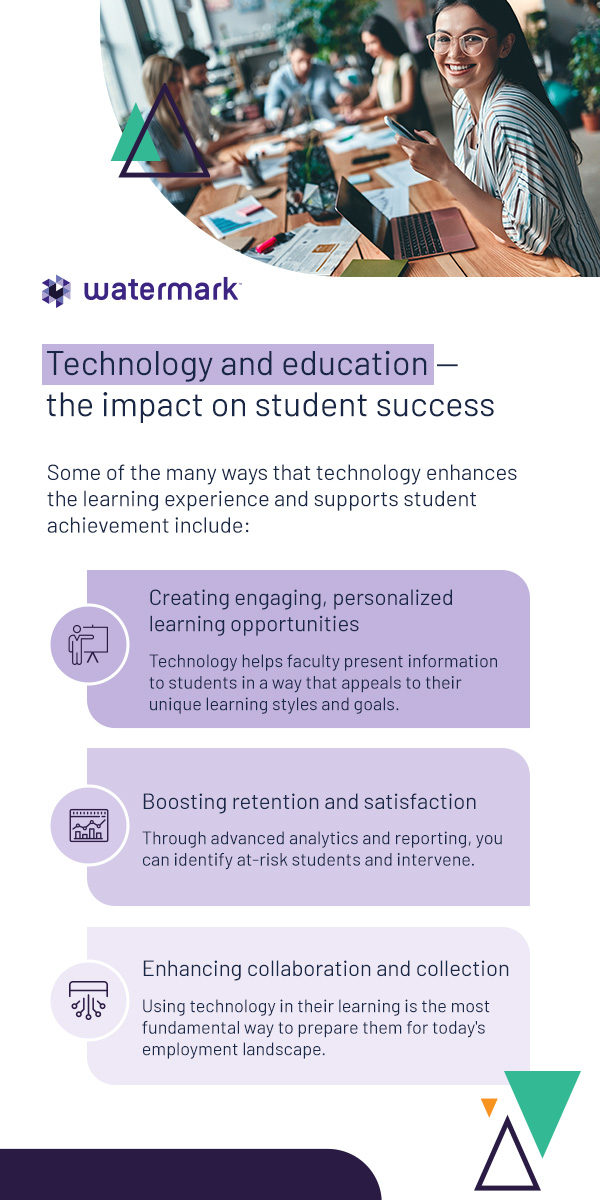
Some of the many ways that technology enhances the learning experience and supports student achievement include:
Creating engaging, personalized learning opportunities
Technology helps faculty present information to students in a way that appeals to their unique learning styles and goals. It allows you to collect actionable student data so you know what to change to make their learning environment more engaging. You can meet students where they are, allowing them to learn alongside other responsibilities with remote and hybrid models.
You can also get course feedback from your students, which is integrated directly into your learning management system (LMS). With innovative technology, you can use student and faculty feedback to convert results into actionable upgrades that enhance student success.
Boosting retention and satisfaction
Through advanced analytics and reporting, you can identify at-risk students and intervene to get them back on track to completion. You can communicate about student support resources and implement digital tools to expand learning opportunities.
Most students pursue higher education to advance their careers and earning potential. They need to see the link between their academics and their future jobs. With technology, you can take student learning beyond the classroom, engaging them with reminders to use the tools they have available. Customizable outcomes drive student success holistically, allowing students to develop in-demand workplace skills.
Enhancing collaboration and collection
Using technology in their learning is the most fundamental way to prepare them for today’s employment landscape. With the right technology, you can expose them to AI tools and link them across the globe, building a meaningful curriculum that connects to relevant student outcomes.
Integrating technology seamlessly throughout your institution
With so many technology solutions available, institutions run the risk of siloed data and redundancy, which can impact decision-making. How you integrate and manage your solutions has a profound influence on every aspect of your operations. If you’re centralizing and upgrading your technology, these tips can streamline your transition:
Set clear goals
Before choosing any technology solution, you must be confident that your investment will help you drive your institution’s vision. Every solution you implement should have a clear purpose. Establish goals for your tech solutions and ensure they align with your strategic priorities. The clearer you make these goals, the better you can judge whether your solutions perform as intended.
Lead from the front
Institutions that embrace technology with agility will likely enjoy improved enrollment, retention, and student outcomes. Work with a provider who offers guidance and support throughout and after the implementation process. Internally, handpick some individuals to communicate advancements and monitor their implementation.
Provide training and ongoing support
Facing adoption challenges when you integrate a new technology is natural. You can minimize any faculty resistance with comprehensive training programs and continuous support. Some tips for successful training and support include:
- Offer support: Make your training programs as straightforward and comprehensive as possible. Set clear expectations for the training and guide throughout. Share any resources and customer service details early and encourage your team to use them.
- Customize training: Instead of training your staff on every available technology, customize their training to their roles to make it relevant and actionable.
- Offer incentives: If your faculty and administrators are skeptical about training, you can implement incentives to keep them engaged and motivated. Use rewards or challenges to inspire students, faculty, and staff to adopt the new systems.
Make room for AI
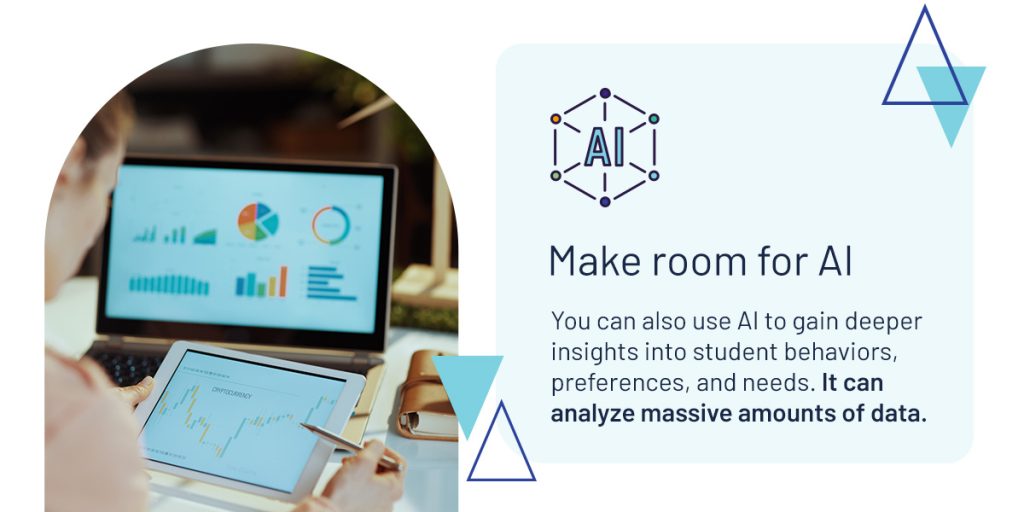
AI is reshaping industries worldwide, offering several relevant and transformative capabilities in higher education. AI innovations can redefine how your institution operates. They provide enhanced personalization in student experiences, more effective recruitment strategies, and predictive analytics to support students through to course completion.
Outcomes generation can be a powerful tool if you want to reimagine academic or administrative outcomes. This tool helps you set outcomes from scratch, promoting higher standards for your institution overall.
You can also use AI to gain deeper insights into student behaviors, preferences, and needs. It can analyze massive amounts of data. From there, you can tailor your curricula to help them achieve their goals.
Centralize your tech
Technology is only valuable if it gives you the complete picture. Look for solutions that provide a holistic view of your institution’s operations so you can measure the impact on students, faculty, and your entire institution.
The benefits of comprehensive educational impact suites for institutional success
Centralized higher education technology helps you operate more strategically to maximize your impact. An educational impact suite (EIS) is an integrated suite of tools that centralizes essential processes, gathers data, and puts it into context. You can see the whole picture with actionable, data-driven insights and tailor your strategies to promote long-term results.
An EIS uses insights to deliver impact. This comprehensive system encompasses:
- Accreditation readiness: An accreditation readiness solution streamlines and simplifies accreditation review and reporting. It helps you build robust processes and integrate them into your daily operations so that you’re always ready to evaluate, learn from, and demonstrate your progress.
- Assessment solutions: With an assessment solution, you have all your data in one central hub, and you can use it to measure and communicate your effectiveness. You can define learning outcomes so that faculty are all speaking the same language and aggregate various assessment data to prioritize specific improvements.
- Curriculum management: Curriculum management software simplifies collaboration so that you can build a curriculum in line with student needs and outcomes. You can use student feedback to identify potential changes, reduce duplicate entries, and use visual workflows to align with institutional requirements.
- Faculty support: Faculty data is essential for accreditation, reporting, and career development. A centralized hub for this data simplifies reviews, reporting, and professional development. It also eases the administrative burden on faculty so they can focus on teaching, research, and student success.
- Student success solutions: Gather student data in one unified platform, use predictive analytics to provide proactive support, and collaborate with students to create personalized roadmaps to success. You can also use a native mobile app to connect students with support teams, schedule appointments, and explore institutional resources.
- Course evaluation solutions: With the right solution, you can make each student’s voice heard as you make strategic choices. Integrate surveys into your LMS for better responses while tailoring evaluations to elicit the most impactful responses.
Drive institutional success with Watermark
Technology and higher education are more intertwined than ever, and driving meaningful results for your institution means leveraging specialized tools. Watermark’s EIS can help you centralize your data and drive action across your organization. It unifies disjointed technology and puts your data into context so that the phrase “continuous improvement” means something at your institution.
The unified platform collects, synthesizes, and analyzes your complex data to understand what’s happening at your institution and where to go from here. Use your insights to inform strategic decisions, prioritize resource allocations, and cultivate an environment where every student and faculty member thrives. Reach out to us for more information on our integrated suite of solutions today!
